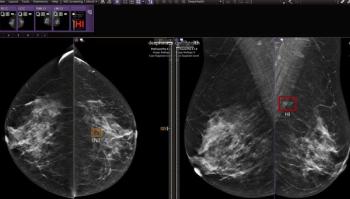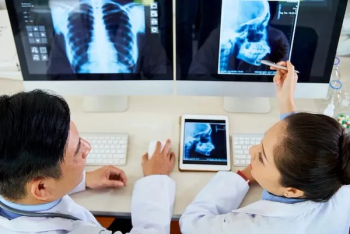
Mammography, Abnormal Brain MRI Patterns, AI and Data Transformation Tools
Diagnostic Imaging's Weekly Scan: June 19, 2020
Welcome back to Diagnostic Imaging’s Weekly Scan. I’m senior editor Whitney Palmer, and we’re back again with you this week with the latest in radiology news and guidance.
In the past week, news has emerged about the growing number of mammography practices that are opening up to provide needed screening services to patients. In fact, one analysis from breast imaging analytics company Volpara Solutions revealed that more than three-quarters of mammography practices are already operating within 10 percent of pre-COVID-19 levels. To help facilities that offer these breast imaging services, Diagnostic Imaging spoke with leaders from three facilities to identify some best practices that can help you most effectively, safely, and successfully re-open your practice. Leaders from Rome Memorial Hospital in New York, Oregon Imaging Center, and the University of British Columbia shared their personal experiences and outlined
Although we know much more about this pandemic than several months ago, questions are still swirling about how it will affect practices and workflow in the near to long-term future. To provide some clarity – or at least direction – for this mystery, experts from the American College of Radiology’s Commission on General, Small, Emergency and/or Rural Practice published insights in the
Newsletter
Stay at the forefront of radiology with the Diagnostic Imaging newsletter, delivering the latest news, clinical insights, and imaging advancements for today’s radiologists.




























